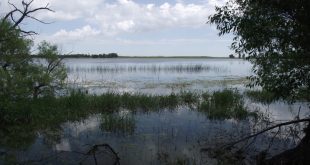They strike often. They fight hard. They are easy to clean and cook. They are wonderful to eat and have tremendous health benefits!
THEY are stocked rainbow trout in Nebraska waters.
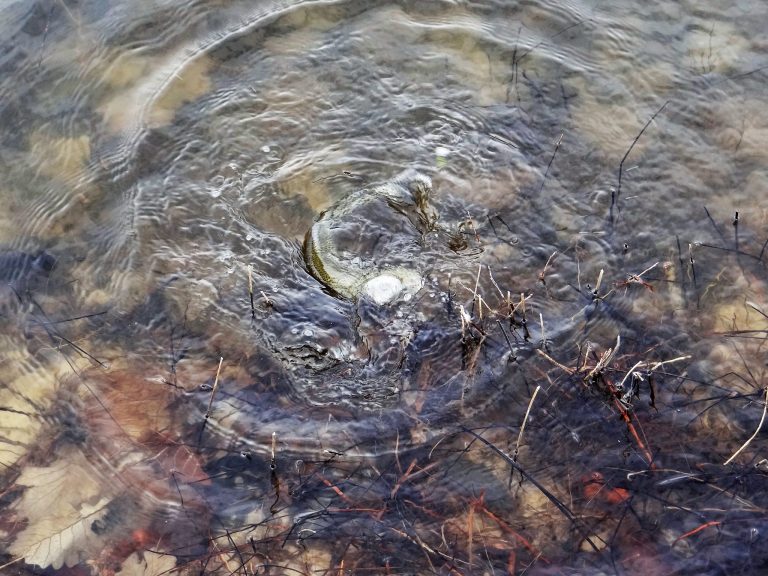
A major asset along with many of its excellent qualities as a cold-water game fish is the fact that few foods are as nutritious as a stocked trout from Nebraska waters! And, get this: Tens of thousands of 10-12 inch rainbow trout are being stocked when the weather, conditions and staffing allow on the schedule at designated water bodies around the state for your fall fishing. So, get your trout tackle ready!
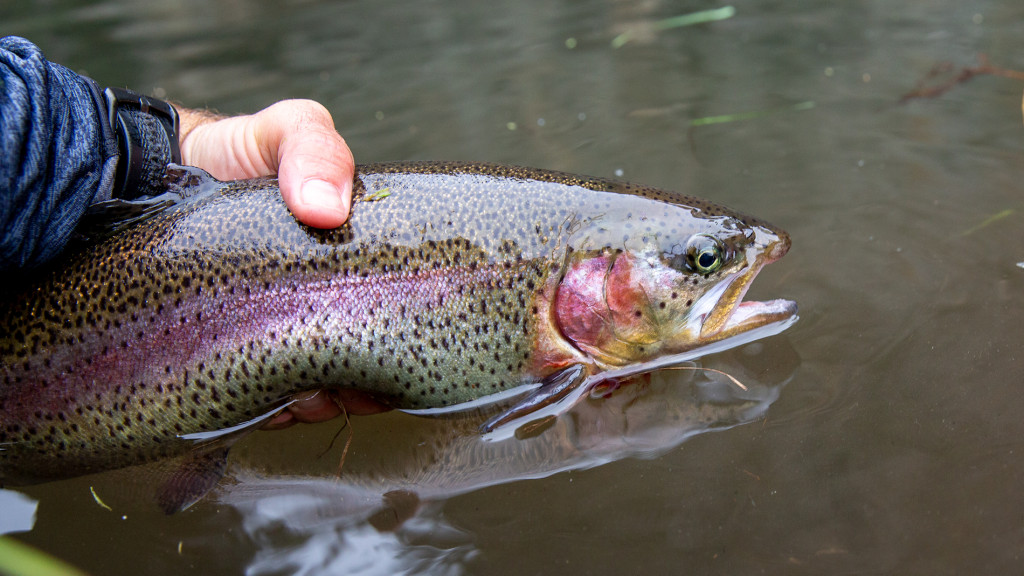
In addition, these keeper-sized rainbow trout are stocked weekly, year-round in the cold, spring-fed, non-freezing waters of the East Branch of the Verdigre Creek flowing through the Grove Lake Wildlife Management near Royal in Antelope County. These fish supplement the naturally-reproduced rainbows and brown trout swimming in the creek.
But seriously, freshwater trout is one of the tastiest, healthiest fish you can include in your diet.
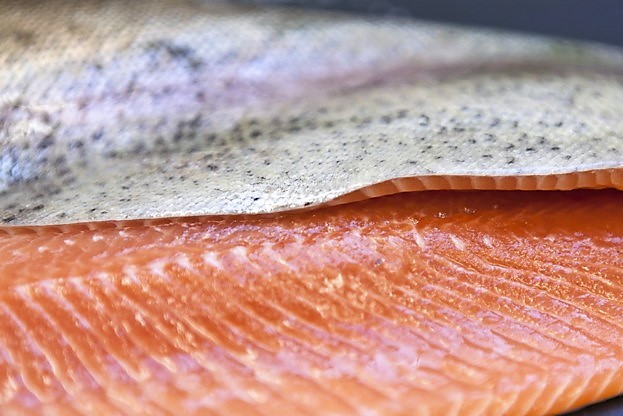
Eating trout is not only great for the taste buds, but it has been shown to improve human health in a variety of ways.
Consider that a cooked serving of a farm-raised or hatchery-reared rainbow trout contains approximately 981 milligrams of the omega-3 fatty acids. This amount far exceeds the minimum requirement per day (300-500 milligrams) established by the World Health Organization. In fact, a diet high in omega-3 fatty acids is linked to a decreased risk of cardiovascular disease, hypertension, high blood cholesterol and certain types of cancer. Omega-3 fatty acid consumption may also help prevent neurological disorders like dementia, depression, bipolar disorder and Alzheimer’s disease.
Did you know that trout consumption also lowers serum cholesterol and triglyceride values thereby helping prevent or decrease coronary heart disease? It does. Also, trout is an excellent source of easily digestible protein, both in quantity and quality. The protein of trout contains all nine of the essential amino acids required for human intake and ranks second only to egg protein in quality. The American Heart Association and the Harvard School of Public Health both agree that trout’s relatively low-fat and cholesterol content make it a good protein to substitute in your diet for meats like beef, pork and lamb, which contain significantly higher amounts of saturated fat and cholesterol.
The American Heart Association goes on to say that a heavy fish diet to include trout is better than a strictly vegetarian diet in reducing fats in the bloodstream and lowering the risk of a heart attack.
If you are counting calories, an average serving a trout has about one-third to one-half the calories proportionally of most meat cuts. Besides the reduced-amount of calories, that average serving of trout fulfills the USDA’s guideline for a person’s daily intake of animal protein. Trout fit perfectly in a diet that includes alternative proteins like soybean and wheat as well.
If compared to beef, pork, lamb and even chicken, fish like trout is an equal or better source of vitamins, principally A, D, B6, B12, thiamine, riboflavin and niacin. It is also a significant source of Pantothenic acid, phosphorus and potassium. Regarding calcium content, that of trout is eight times greater than that of beef, pork, lamb and chicken.
A trout also has low sodium content, unless, of course, it has been smoked and/or salted. Individuals who have high blood pressure or cardiac issues are encouraged by physicians and dieticians to eat fresh fish such as trout because of its low sodium level.
Trout also contain valuable micro minerals — zinc, copper, iron, manganese and selenium. One of the more recently discovered trace minerals that is essential for humans and helps in the prevention of some forms of cancer is selenium. Health care professionals are suggesting an increased diet of selenium, and guess what? Trout possess a higher volume of that than nearly any other food!
Keep in mind that you can maximize trout’s health benefits by choosing low-fat cooking methods like broiling, grilling, baking, poaching or steaming instead of frying or deep-fat frying. But there is one cardinal rule for cooking trout and not ruining the healthful benefits of it: Never, ever over cook it! Remember the more time between catching and cooking trout, the more the flavor suffers and nutrition can be comprised.
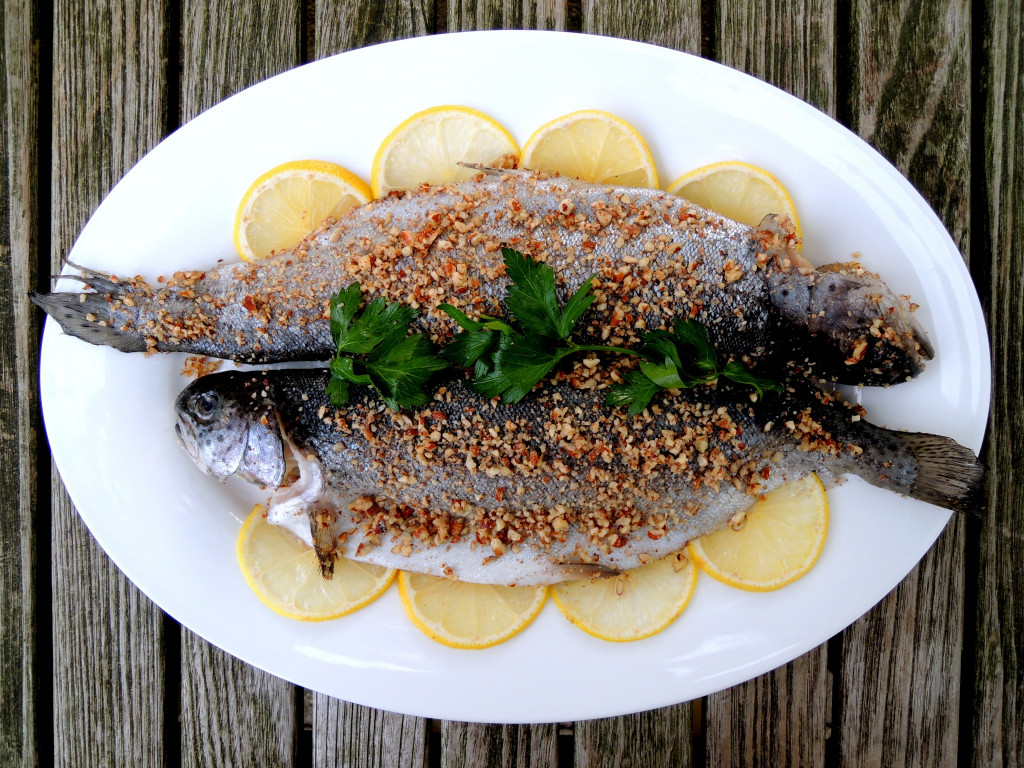
Honestly, you really can’t go wrong with dining on trout! Studies show that it is also among the safest fish to consume as it contains relatively low levels of mercury and PCBs, or not at all. Presently, there are no fish consumption advisories for trout in Nebraska waters. Nebraska’s hatchery-reared and stocked trout are produced in an ecologically responsible, ethical manner in good water.
Nebraska’s stocked, skillet-sized rainbows are essentially farm-raised versions that are reared in spring water or well water. The trout are closely monitored, fed a fortified diet and are extremely healthy fish upon release.
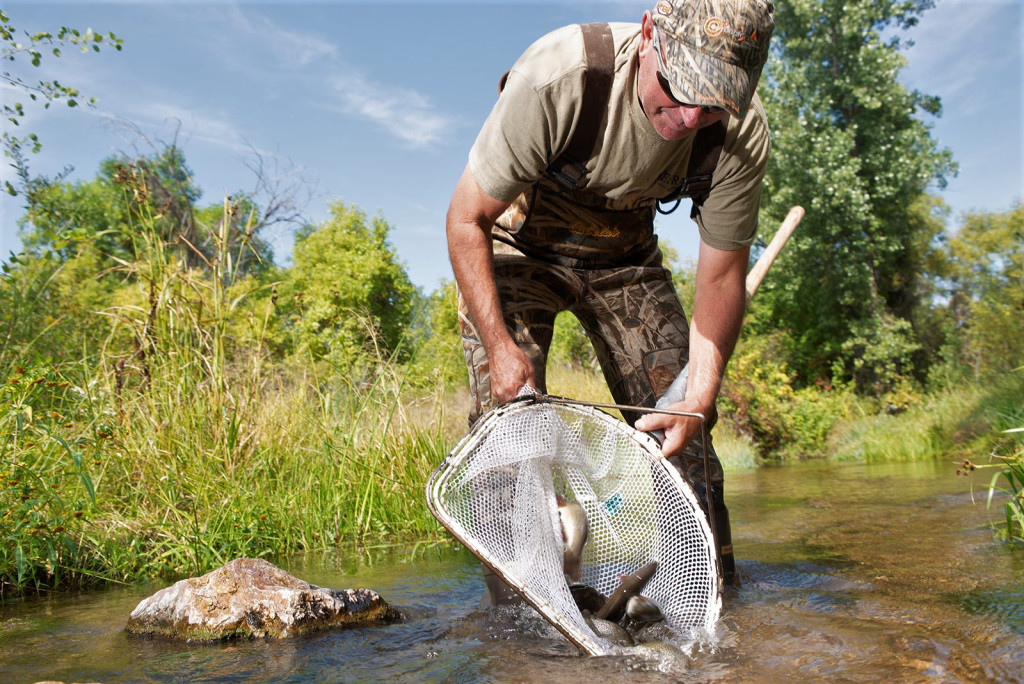
Be reminded to fish for trout in Nebraska waters, there are regulations that apply. You will need a current, valid Nebraska fishing permit, possibly a state park permit and to adhere to the legal trout limits, of course! You can access that information and acquire permits on www.OutdoorNebraska.gov You’ll want to check out our new Nebraska Trout Slam challenge there, too!
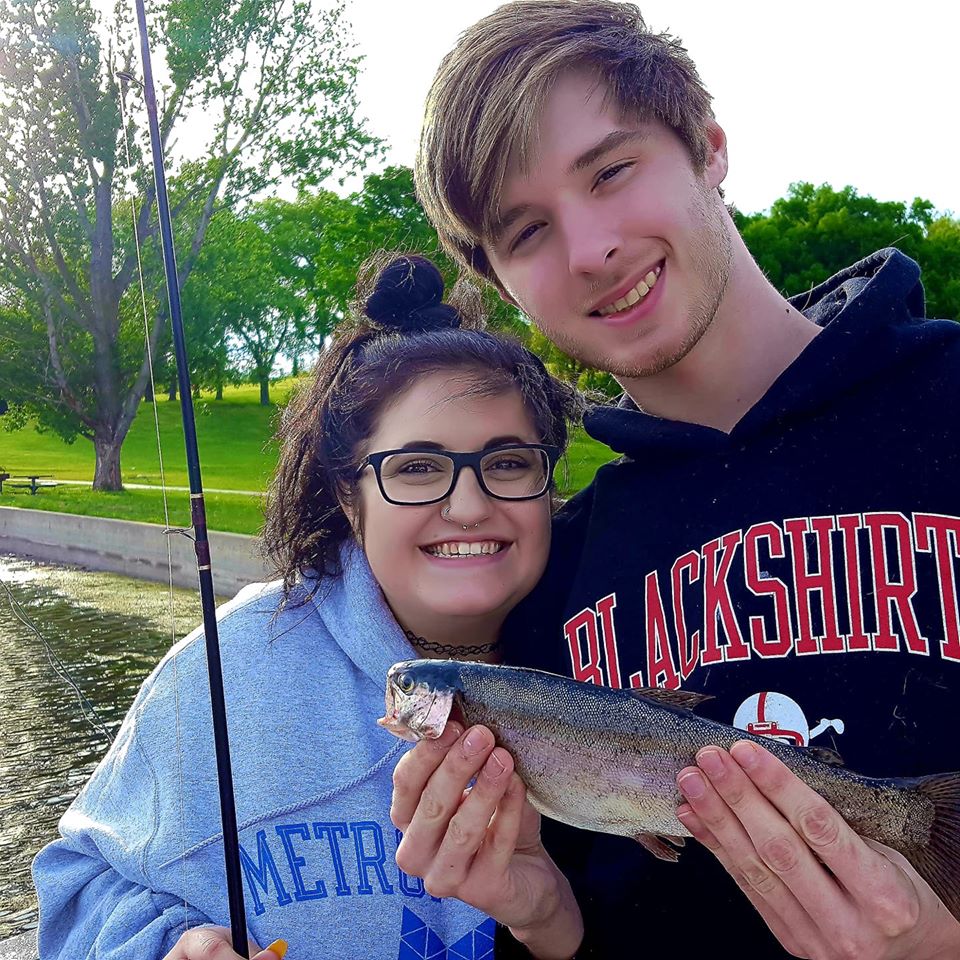
Why not prepare to get some fresh air, have fun fishing and eat healthy by enjoying a scrumptious meal of stocked rainbow trout that you have caught!
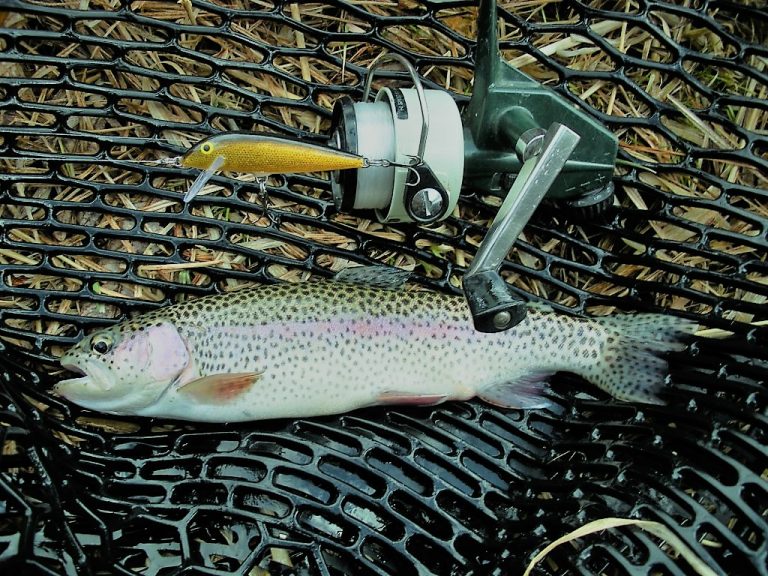
 Nebraskaland Magazine
Nebraskaland Magazine


